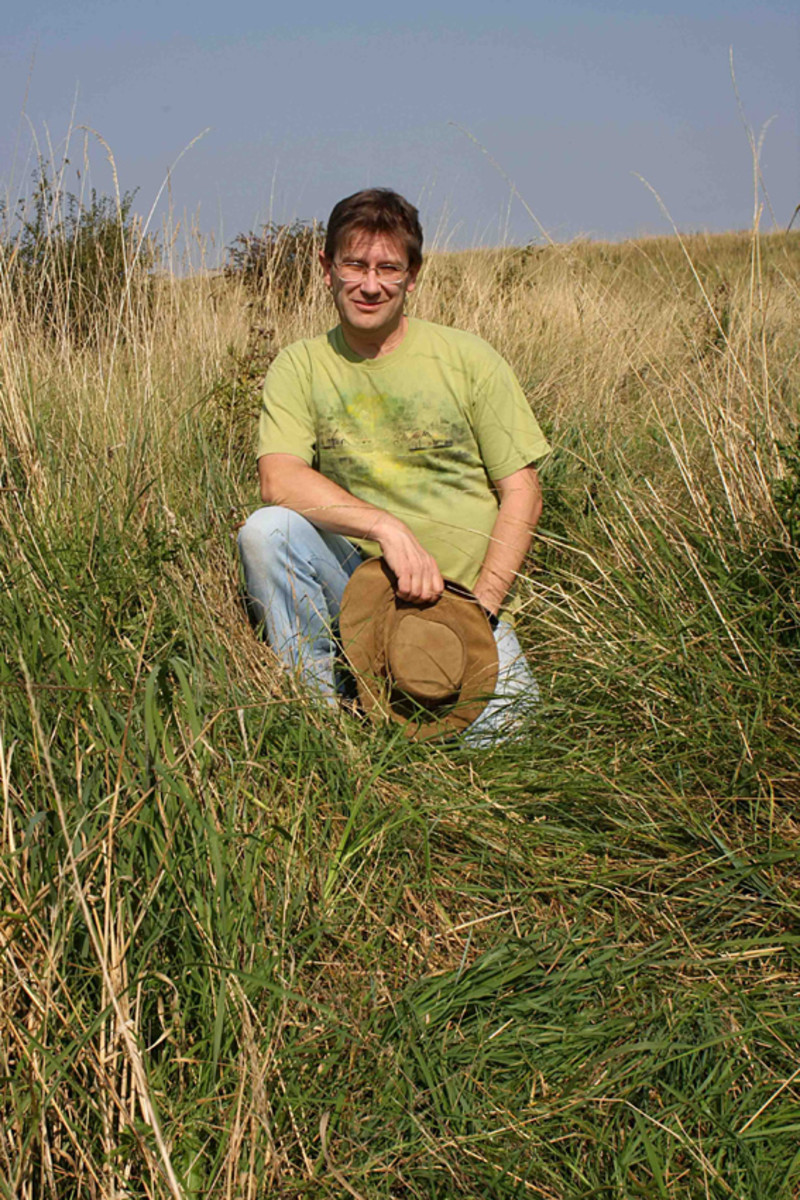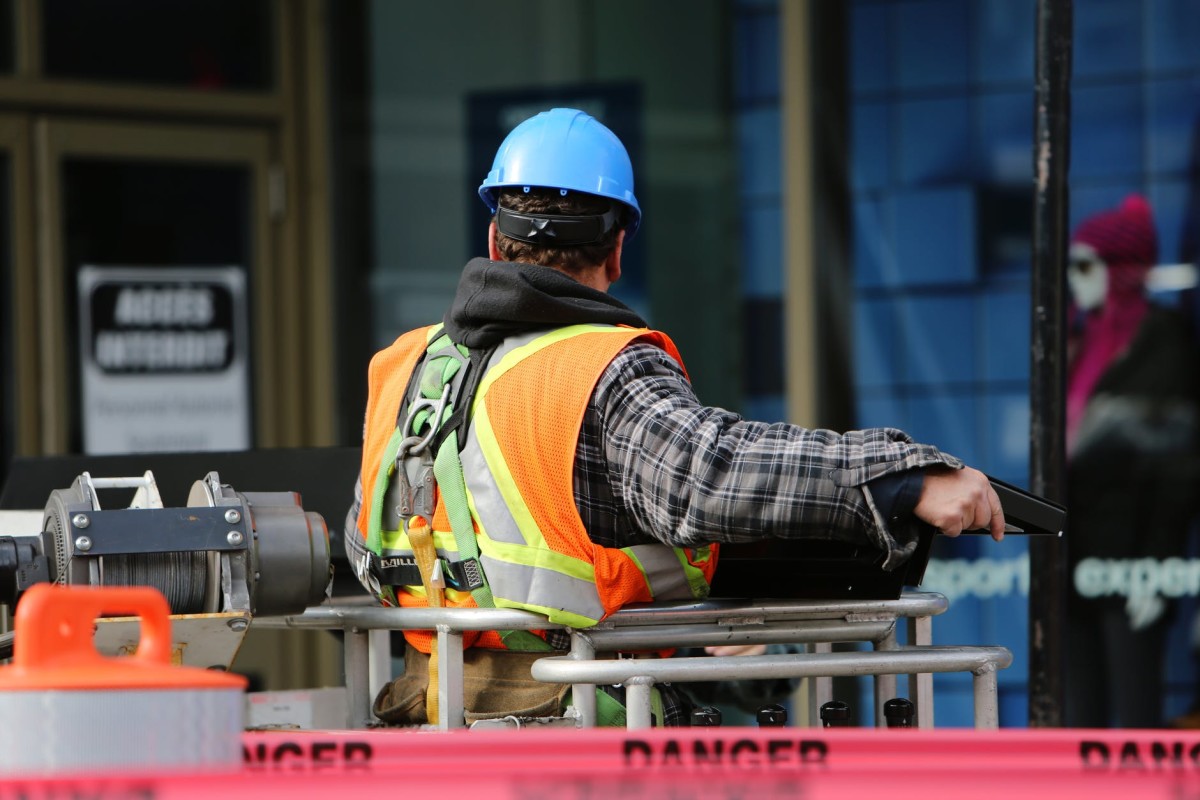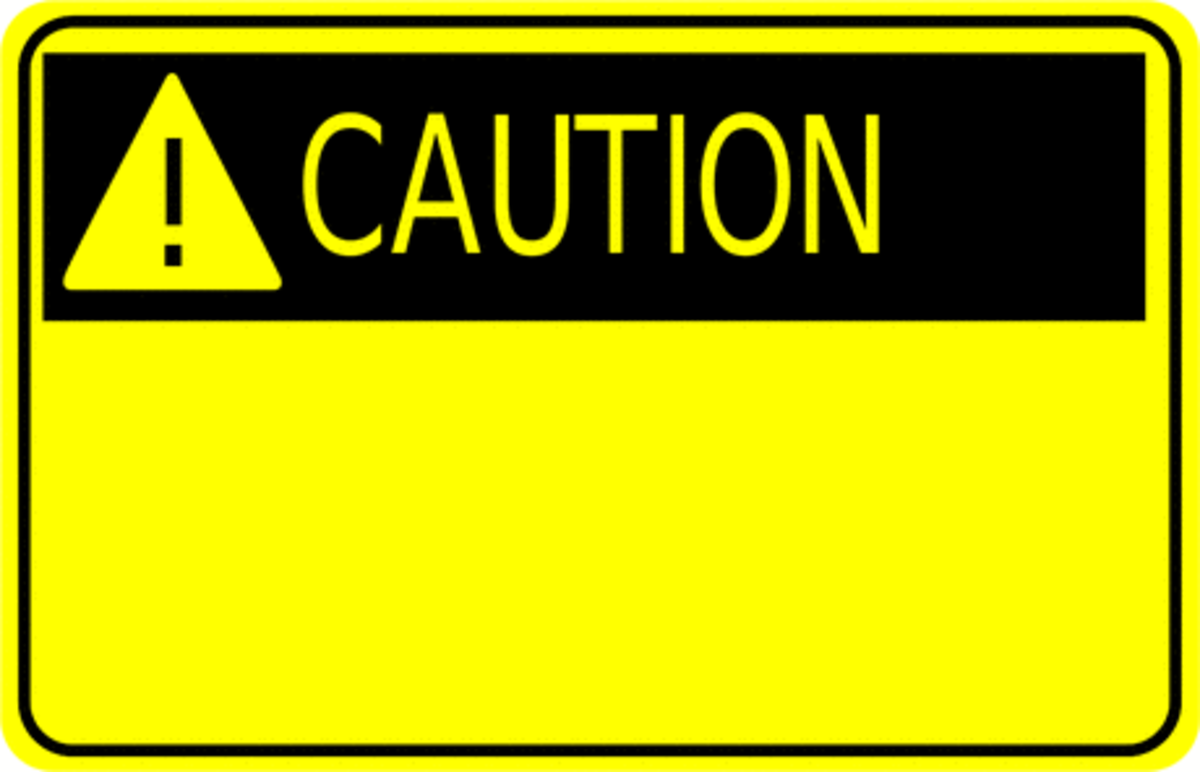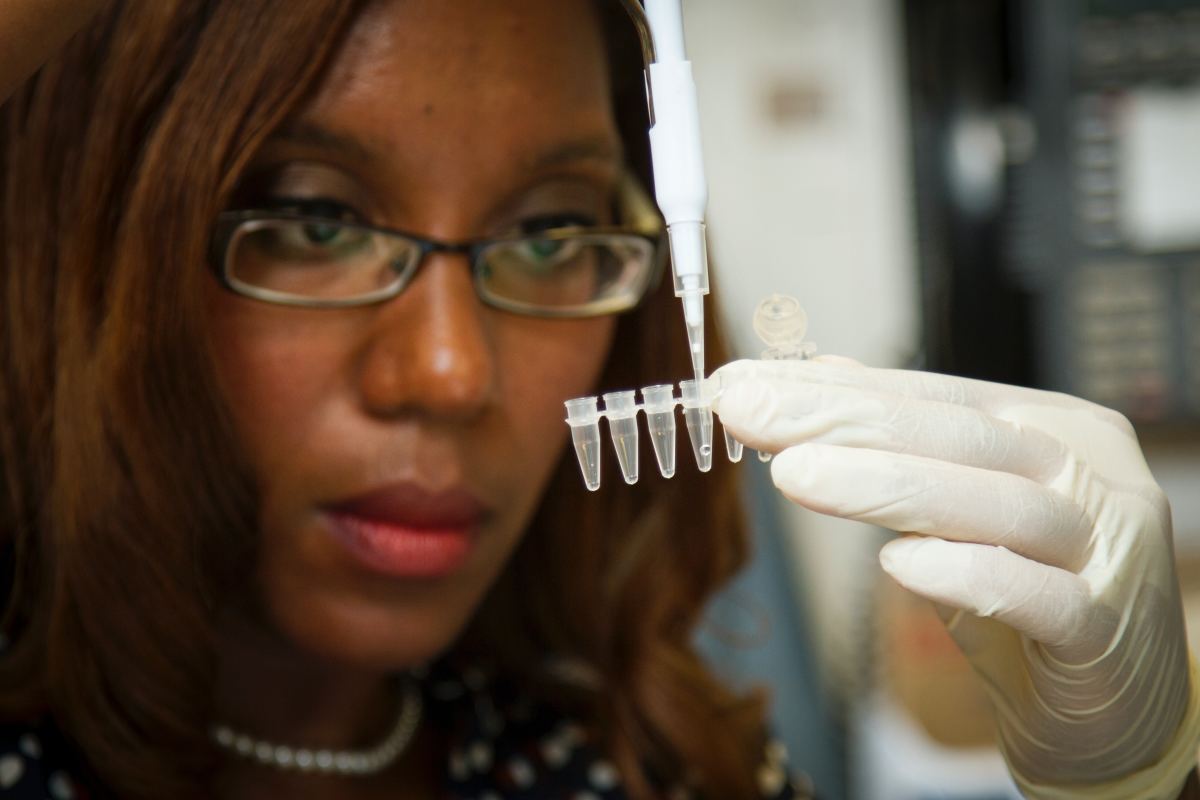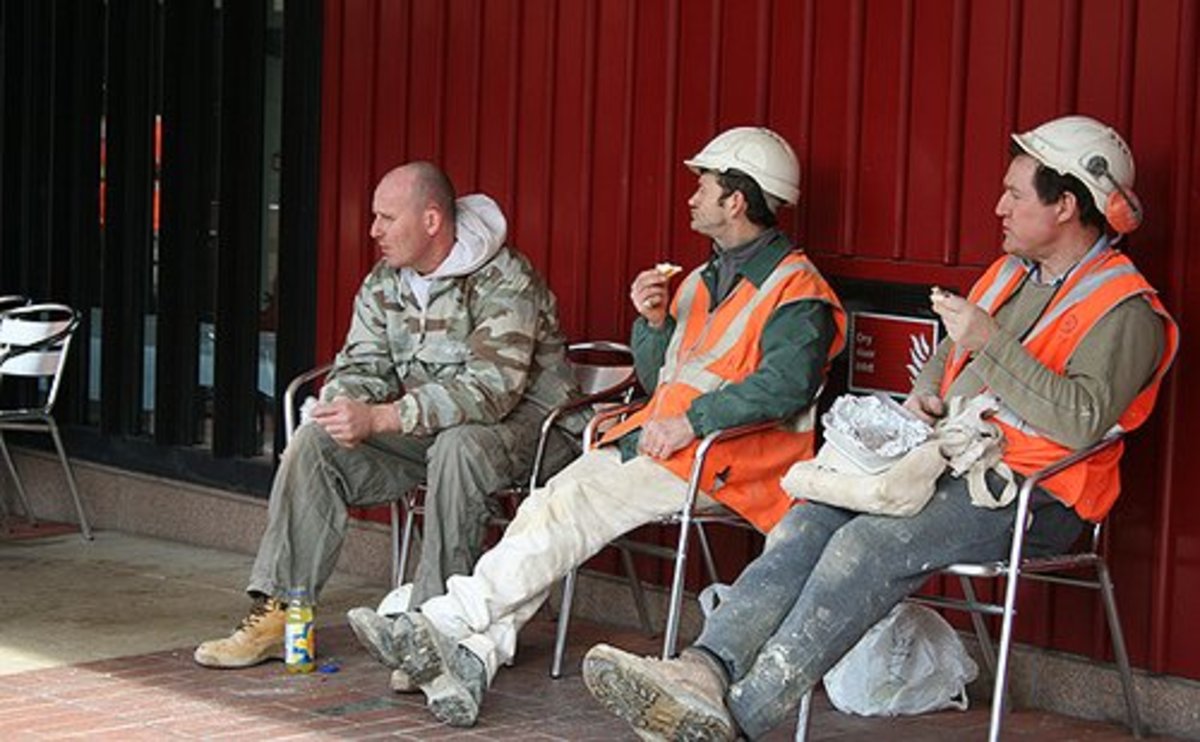How to - Health and Safety Managing Accidents in the Workplace
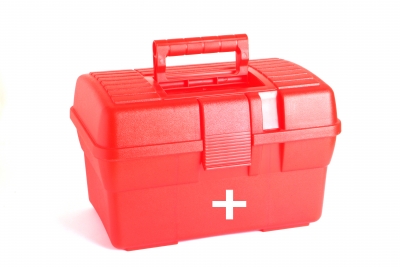
Introduction
Welcome to one of the many hubs of mine relating to health and safety in the workplace.
Firstly let me tel you a little about me and my knowledge within this area.
Coming from a Civil Service background and working within an office environment as an Administration Manager I also took on the role of Health and Safety Representative wholeheartedly to the amazement of my Employers.
Whilst taking on this role I found myself on many health & safety training conferences where I gained the knowledge to carry out Health and Safety inspections within the workplace.
The causes of accidents in the workplace
It is suggested that the majority of accidents are caused by careless workers, this however diverts attention from the overall system of work, focusing on mistakes made by the individual concerned. This approach causes disputes regarding liability for accidents and payment of compensation.
When the accident is properly investigated generally a different story emerges. Carelessness is the cause of only a few accidents, the main cause when properly investigated by the employer is the employers failure to provide a safe system of work.
A systematic approach to identifying and removing hazards from the workplace and informing employees is crucial.
It is the responsibility of management in the workplace to ensure a safe working environment is provided and for the employees to be kept informed.
The Law and accidents in the workplace
If an accident happens in the workplace the law requires most of the accidents to be reported to management and recorded.
The injured employee should provide the following:-
- full name, address and occupation
- date and time of the accident
- place where the accident occurred
- nature of the injury
The employer then has a duty to investigate the circumstances of every reported accident.
The employer should have an accident book on the premises with an approved form for the employee to complete and should be kept somewhere where the employee can locate it easily. The records need to be kept for a minimum of three years.
Accidents causing serious or fatal injuries lead to more time of work need to be reported to the Health and Safety Executive.
Step by step guide to what to do after an accident in the workplace
- Immediately after being informed get to the scent of the accident and see that the injured employee is being properly looked after and make sure nothing is moved
- Investigated by talking to witnesses and making notes
- Carry out a detailed inspection
- Suggest improvements or immediate precautions to management team
- It is important to make sure that all injured workers get appropriate first aid or medical attention and are not rushed back to work or into making a written statement of events
- Make sure the scene of the accident is not disturbed until the investigation has been completed by management
Improving health and safety procedures
At the beginning of this hub the purpose behind investigating and recording accidents is to see if steps can be taken to stop the occurrences happening again.
Reports on accidents, ill health and near misses should be regularly reviewed to see what lessons can be learned and it is important that the reviews should concentrate on organisational factors including management of work systems not just the the physical causes of the accident.
Generally employers find that in depth analysis of accidents that have occurred will indicate weaknesses in an employers health and safety policy.
First aid in the workplace
It is paramount to have trained personnel in first aid.
The Health and Safety (First Aid) Regulations of 1981 place a general duty on employers to make first-aid provision for employees in case of injury r illness at the workplace.
The practical aspects of this statutory duty for employers and self-employed persns are set out n the Approved Code of practice which is revised periodically to ensure that appropriat standards are maintained.
What is First Aid?
First aid is the immediate assistance or treatment given to someone injured or suddenly taken ill before the arrival of an ambulance, doctor or other appropriately qualified person. The person offering this help to a casualty must act calmly and with confidence, and above all must be willing to offer assistance whenever the need arises.
Recording first aid administered at work
Full name and address of the casualty
| casualty's occupation
| date when entry made
| signature of person making the entry
|
Guideline on recording first aid administered in the workplace
Being the designated person for first aid
Most people can, by following the guidance given when attending first aid courses give useful and effective4 first aid. However, first aid is a skill based n knowledge, training, and experience. The term "first aider" is usually applied to someone who has completed a theoretical and practical instruction curse, and passed a professionally supervised examination.
The aims of first aid are to preserve life and to limit the worsening of the condition and promote recovery.
The designated person dealing with first aid is highly trained, examined and regularly re-examined and has up-to-date knowledge and skill.
First aid is not an exact science, and is thus open to human error. Even with appropriate treatment, and however hard you try a casualty may not respond as hoped. Some conditions inevitably lead to death, even with the best medical care. If the designated first aider does their best then there conscience will be clear.
The golden rule is "First do no harm" while applying the principle of calculated risk. You should use the treatment that is most likely to be of benefit to a casualty, but do not use a doubtful treatment just for the sake of doing something.
The Responsibility of the first aider
- To assess a situation quickly and safely and summon appropriate help
- To protect casualties and others at the scene from possible danger
- To identify, as far as possible, the injury or nature of the illness affecting a casualty
- To give each casualty early and appropriate treatment, treating the most serious conditions first
- To arrange for the casualty's removal to hospital, into the care of a doctor, or to his or her home
- To remain with a casualty until appropriate care is available
- To report observations to those taking over care of the casualty and to give further assistance if required
- To prevent cross-infection between the first-aider and the casualty as much as possible
The designated person may worry about picking up infections from casualties. Often, simple measures such as washing hands and wearing gloves will protect both the first-aider and the casualty from cross infection. However, there is a risk that blood borne viruses, such as hepatitis B or C and HIV may be spread by blood to blood contact. These viruses can be transmitted only if an infected persons blood makes contact with a break in the skin, shch as a cut or abrasion containing blood or blood products, of another person. No evidence to date exists of hepatitis or HIV being passed on during mouth to mouth resuscitation.
To prevent cross infection the first aider should:-
- always carry protective gloves
- cover own sores or skin wound with a waterproof plaster where possible
- wear a plastic apron when dealing with large quantities of a casualty's body fluids and wear plastic glasses to protect eyes against splashes
To summarise
It is in the best interest of management teams to stay ahead of Health and Safety in the workplace.
A happy workforce is achieved by listening to your staff and rectifying the problem quickly and safely.
After all we all want to work in a safe environment not just employees but employers too.
And finally
Be safe!
Do you know the procedure at your organisation
Do you know the procedure for dealing with accidents in the workplace at your organisation
© 2014 Trudy Cooper

